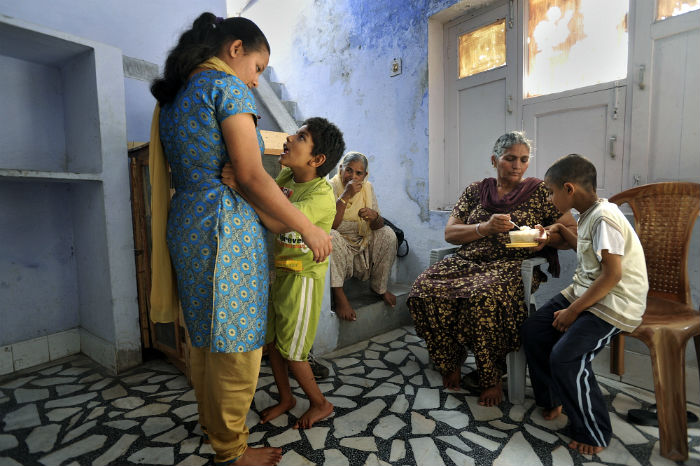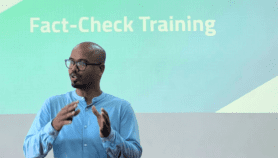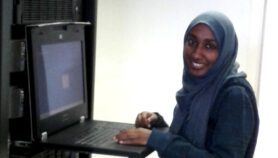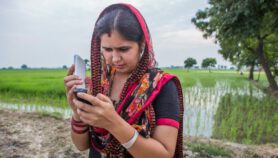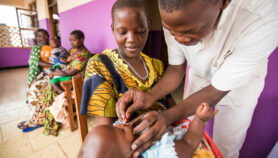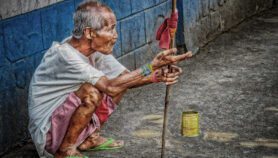By: Islay Mactaggart
Send to a friend
The details you provide on this page will not be used to send unsolicited email, and will not be sold to a 3rd party. See privacy policy.
Last week, UN member states agreed to the 169 targets of the 17 Sustainable Development Goals (SDGs) which, pending formal adoption in September, will guide global development from January 2016 to 2030. Their predecessors, the Millennium Development Goals (MDGs), achieved impressive results, including halving extreme hunger and almost halving the death rate of under fives. [1] But they failed to mention disability, leading many to believe that they widened the gap between people with disabilities and the rest of society, further excluding them from the dramatic progress in development. [2]
So it is exciting that the preamble to the new SDGs describes the need for inclusive development that leaves no one behind and that the document explicitly mentions disability 11 times, including in goals related to education, employment and inequality. [3] In addition, target 18 of goal 17 states that all programme data related to the SDGs must be disaggregated by disability, to monitor and ensure inclusion.
But how can we actually measure disability and whether people with disabilities are included in SDG-related development?
Unlike specific diseases that can be tested for via blood or urine tests, disability is a complex and umbrella term with many culturally different meanings. There are several models of disability. These include the medical model (disability is a problem with the individual’s body), the social model (disability is the barriers placed on an individual by society) and the prevailing biopsychosocial model (disability is the interaction between the individual’s health condition or impairment, activity limitations and external restrictions against their participation). [4]
“By having the right tools in place, we can monitor whether people with disabilities really are included in SDG-based programmes and policies. Only then can we ensure that, this time, they are not left behind.”
Islay Mactaggart
This means that most of the limited data that exists on disability is based on non-comparable estimates that measure different attributes in different ways. Clinical tests of impairment (such as eye tests), reported activity limitations (“do you have difficulties seeing?”) and direct questioning (“do you consider yourself to have a disability”) are three examples. Research shows these measures provide very different estimates of disability and identify different groups. [5] For example, in India, 10.5 per cent of the population were identified as having a disability via clinical tests, 7.5 per cent via reported activity limitations and just 3.8 per cent via direct questioning.
In light of this, the UK Department for International Development brought together politicians, academics and practitioners last year to agree on a comparable way to measure disability across programmes and settings. [6] Participants agreed to adopt a question set developed by the UN’s Washington Group on Disability Statistics when measuring disability inclusion in their own programmes, and to promote its use by others.
The questions target participants’ experience of activity limitations in six core functional areas, with answers ranging from “no difficulty” to “cannot do at all”. [7] They are simple, quick and easy to translate into different languages. They do not cause stigma, as they do not ask about disability directly.And, most importantly, using the same questions as part of monitoring disability inclusion in the SDGs would allow meaningful comparison between programmes and countries, and over time.
By having the right tools in place, we can monitor whether people with disabilities really are included in SDG-based programmes and policies. Only then can we ensure that, this time, they are not left behind.
Islay Mactaggart is a research fellow in disability and global health at the International Centre for Evidence in Disability, part of the London School of Hygiene & Tropical Medicine, United Kingdom. Before joining the centre in 2011, she worked for various disability and development organisations in Africa, Asia, the Caribbean and the Middle East. She can be contacted on [email protected] and is on Twitter @IslayMactaggart
References
[1] The Millennium Development Goals report 2014 (UN, 2014)
[2] Disability and the Millennium Development Goals (UN, 2011)
[3] Transforming our world: the 2030 agenda for sustainable development (UN, 1 August 2015)
[4] T. B. Üstün and others The international classification of functioning, disability and health: a new tool for understanding disability and health (Disability and Rehabilitation, 2003)
[5] International Centre for Evidence in Disability Measuring disability in surveys and programmes: a summary (London School of Hygiene & Tropical Medicine, 2014)
[6] Roger Jeffery and Nidhi Singal Measuring disability in India (Economic & Political Weekly, 22 March 2008)
[7] Understanding and interpreting disability as measured using the WG short set of questions (Washington Group on Disability Statistics, April 2009)


